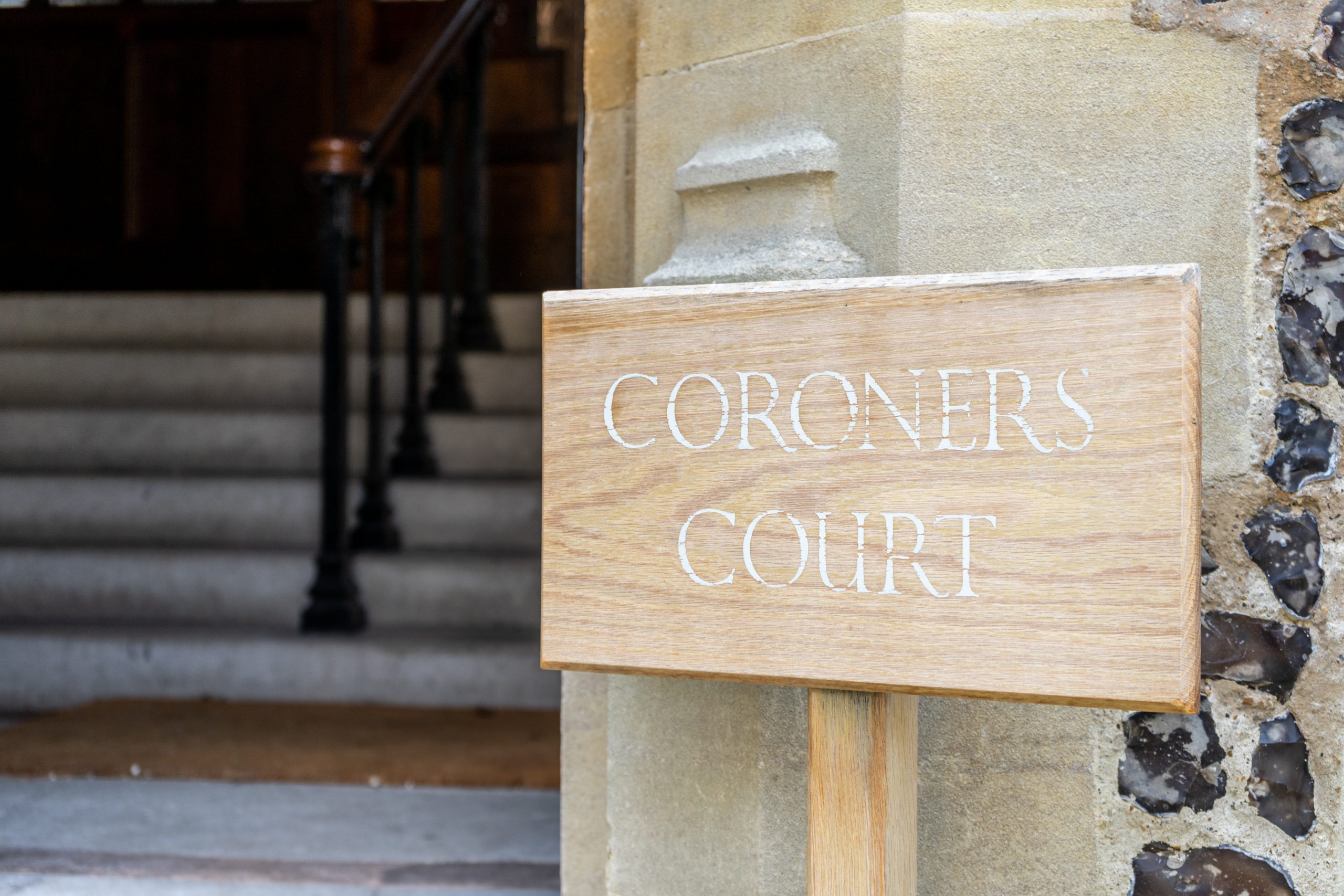Parental Contact: Private v Public Law Proceedings.

When considering applications relating to children, the courts are led by Section 1 of the Children’s Act 1989 (CA), in that the welfare of a child is to be the paramount consideration when making decisions about the child’s future. S 1(3) provides clear factors which a court must have regard to. These form the basis upon which decisions relating to children are made.
While public and private family law proceedings relating to children may differ in the way proceedings are commenced, conducted and applications made, there is substantial overlap when considering the welfare of a child. Both public and private proceedings are governed by Section 1. Consideration of the child’s welfare is a continuing duty incumbent on all professionals dealing with children under Children Act proceedings, public and private. In line with this, establishing or maintaining ‘contact’ is crucial.
Despite the same legislative basis, there is a clear difference in how the promotion of contact differs whether the proceedings are in relation to private law or public law.
In public law cases the Local Authority is under a duty to promote reasonable contact between the child, his parents, any guardian or special guardian, any person named in a Child Arrangements ‘Live with’ Order prior to Care Order being made or any person having care of the child pursuant to the Inherent Jurisdiction (S34(1) Children Act 1989). Therefore, in all but the most extreme of cases, the parents will be having (supervised) contact with a child even if there are allegations (or convictions for) drug misuse, domestic violence or offences against children.
Such contact is usually a minimum of once a week for a parent, but can be up to three times a week, and on rare occasions even more. Even a father who has had little input in a child’s life is likely to get regular contact with the child. Contact is often one of the initial matters dealt with at the outset of proceedings.
Delays in contact occurring are considered to be detrimental to the welfare of a child. In public law proceedings, a child having regular contact with their parent allows for the quality of contact to be assessed and the relationship between them to be rehabilitated in a secure environment. Where a child has been removed, assessed contact, allows a parent to demonstrate their parenting capabilities. Notes of such contact are often considered carefully at final hearings, where determinations are made that affect who a child lives with and where, and have the potential to tip the balance in favour of the non-resident parent.
The burden is on the Local Authority to make an application to the Courts if they wish to suspend contact for more than 7 days (s34(4)) and then contact will only be suspended if there are cogent reasons persuading otherwise (HHJ Bellamy in Re J (A Child – Intractable Contact) [2017] EWFC B103 noted at paragraph 21 that ‘ there is clear research evidence that children whose parents separate do better as they grow up towards and into adult life if they are both able to maintain a positive relationship with both of their parents’.
However, a clear discrepancy arises when comparing private law proceedings to public law proceedings involving children. When considering private law, there is no such immediate motion to establish a regular system of contact. This is particularly so when considering Practice Direction 12J, which means where there are allegations of domestic violence, contact, even supervised contact, between a parent and child is unlikely be ordered until investigations have been conducted into the allegations and findings potentially made. This creates likely delays of many months before a child sees the non-resident parent. Such a parent may feel alienated while their relationship with the child deteriorates over the period of no contact. The Practice Direction does not account for how contact should be maintained, or re-established where necessary and many Courts are now sticking rigidly to suspending all but indirect contact until a finding of fact hearing has concluded.
In both cases it is evident that separation of children from their parents would cause some, if not considerable, distress to both parties, even where that separation may be deemed necessary e.g. where there are allegations of domestic abuse. It can be further argued that each child has the right to have a relationship with both parents – this is reflected in domestic law, as well as through Article 8 of the European Convention on Human Rights.
In so far as private law proceedings are concerned, there is a distinct lack of professional involvement which could account for how being kept out of contact with a parent could cause emotional damage to the separated child, and what this may mean for the child in the long-term. Public law proceedings allow for experienced social workers and Children’s Guardians to assess the individual needs of children in relation to contact – such recommendations are invaluable to the court but are of limited availability in private law proceedings. Effectively, public law proceedings aim to limit the damage caused by separation and preserve the parent-child relationship. Such involvement and preservation are not usually found in private proceedings.
By way of example, proceedings in Re J (A Child – Intractable Contact) [2017] EWFC B103 led to considerable delay in contact, where allegations of abuse were not found against the Father, and the Mother was found to have emotionally abused the child. Such delay caused significant distress to the Father and ultimately impacted the relationship with the child. A further example is Re: A (children) (parental alienation) [2019] EWFC, where delays resulted in the Father not having seen his children for years, without there being successful interim contact. Public law proceedings are unlikely to have resulted in such a lack of direct contact with the children as occurred in the cases above, and are more likely to have led to the preservation of the parent-child relationship.
Another clear difference is the availability of resources to enable contact to resume, or continue, in a safe manner. As the Local Authority is involved in public law proceedings, the burden is on them to ensure that there is an appropriate venue and supervisor available for the contact, which although there are often complaints as to a lack of resources, they are invariably found.
However in private law cases the burden is on the parent, who are often unrepresented, to locate a suitable venue, which is within a suitable distance to the child’s home and open at a time which is appropriate for the child and then pay the significant fee. There are generally long waiting lists and parents can often only have a 1 hour session per fortnight, which doesn’t seem to accord with the paramountcy principal.
Strained resources and the high volume of cases flooding the family courts can, to a limited degree, account for the discrepancy. But there remains no clear explanation as to why such a variance is justified, particularly in light of the fact that Section 1 CA does not differentiate between children in public proceedings, and children in private law proceedings. The welfare of children in general cannot be seen to be upheld where children in similar situations are treated so very differently.
Lucy Sowden & Shabab Rizvi (Pupil)










